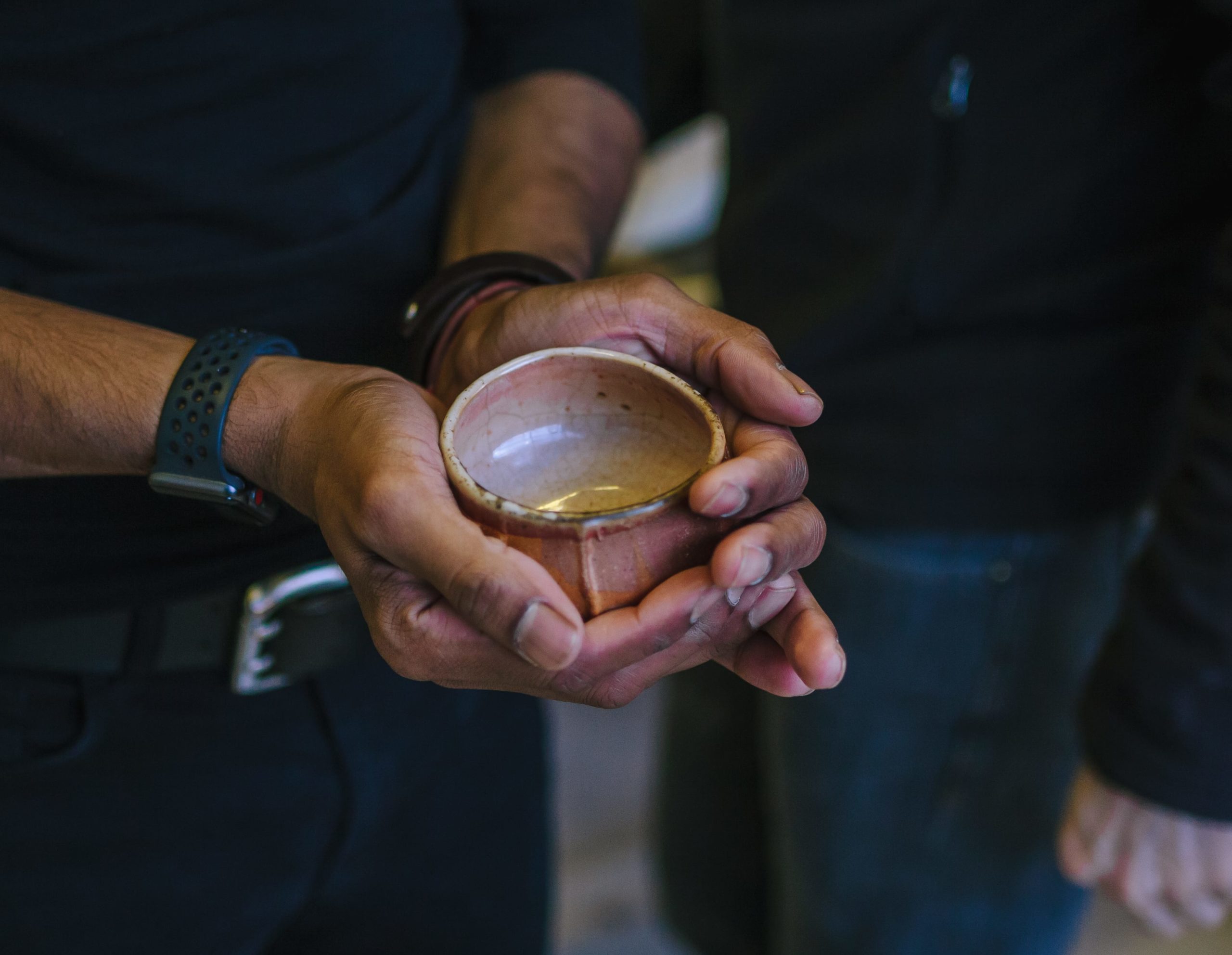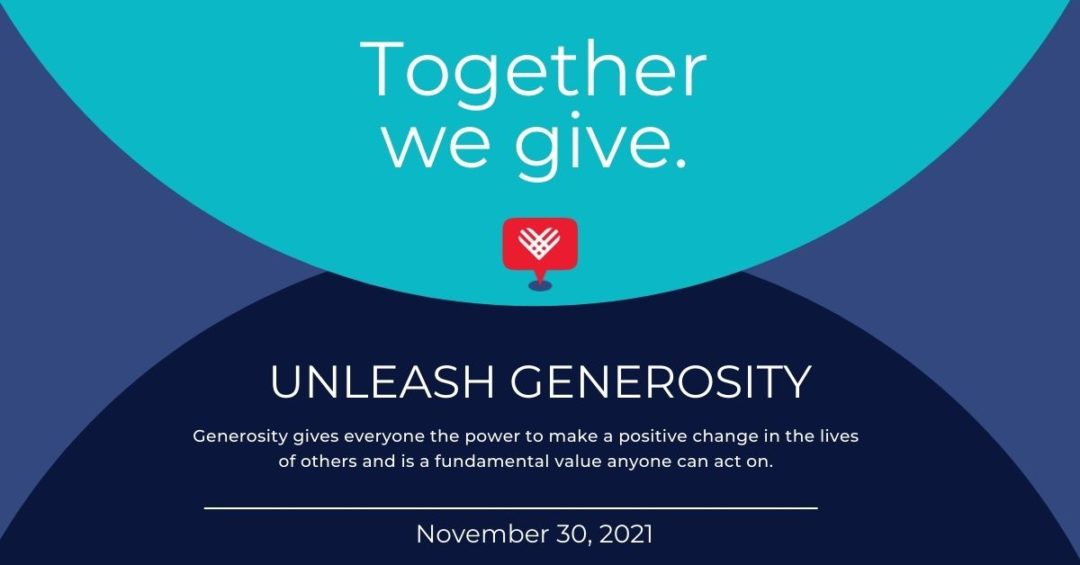Study after study after study concludes that people are happier when they spend money on others, in the form of charity, rather than themselves.
This altruism on display most often during the holidays, when more people donate to charity than any other time of the year. Tuesday, November 30 is Giving Tuesday.
Before you open your wallet to charity this holiday season, consider these points.
Do your research
Not all charities are created equal. People want to know that their money will go toward real impact, not fundraising, executive salaries, or other administrative costs. Fortunately, there are several tools available where you can research any prospective charity prior to donating.
If you aren’t already familiar with an organization, use the IRS website to verify their tax-exempt status. For a full-on due diligence deep dive, Guidestar provides a free report of a nonprofit’s assets, gross receipts, address, names of executives and more.
Charity Navigator provides much of the same information Guidestar does, as well as other tips and suggestions for would-be philanthropists. CharityWatch also provides a helpful guide to donating to charity. For example, they recommend against giving to charities whose overhead is above 40%, though some advocates believe concern over the size of a nonprofit’s overhead to be overhyped.
Who should I give to? Where Should I Give? Local or National?
After proper vetting, you’re ready to donate. But to whom?
Give Big Pittsburgh maintains a database of 412 local and regional nonprofits, everything from historical societies and museums to organizations benefiting health, education, and social organizations.
Nationally, GiveWell conducts thousands of hours of research to single out charities running cost-effective, evidence-based program, so you can determine where your donation will have the most immediate impact. (Currently, their top 2 charities fight malaria in Sub-Saharan Africa.)
Consumer Reports also provides a guide to high and low-ranking nonprofits in a variety of fields, as well as other tips for giving.
Another way to give – make a loan to support Pittsburgh businesses
You might also consider unconventional methods of giving, though they do not have the same tax incentive, for those concerned about that type of thing. For example, Pittsburgh’s Honeycomb Credit provides crowdfunded loans for small businesses for which investors will be repaid, plus interest.
Kiva also allows people to donate directly to entrepreneurs and expect repayment. There is an active community of Kiva lenders and borrows here in Pittsburgh.
Follow Kiva Pittsburgh on Facebook and Twitter @KivaPGH.
There are not currently any loans in Pittsburgh that are looking for funding on Kiva.org; however, you are not limited to just lending locally.
Looking for a last-minute gift? Kiva offers gift certificate and the recipient can choose where to make a loan.
Fun Fact: one of the co-founders of Kiva, Jess Jackley is from Pittsburgh.
There are also websites like GiveDirectly allow people to send money directly to people in extreme poverty, with impactful results. (According to GiveWell, “Cash transfers have the strongest track record we’ve seen for a non-health intervention.”)
Volunteer Here
If you’re looking to make a more substantive impact, consider volunteer opportunities in your community through PittsburghCares.
Eager to volunteer literally RIGHT now? You can download the 412 Food Rescue app on your phone and save perfectly good food from going to waste. The app connects volunteers with food providers (grocery stores, schools, restaurants) who have food ready to be transported to vetted recipients around the city.
Happy Sunday #foodrescueheroes! Lots of rescues in the #SouthHills today! Let’s save good food from going to landfills! #climateaction #endhunger pic.twitter.com/vJmu2Lf0d8
— 412 Food Rescue (@412FoodRescue) December 15, 2019








